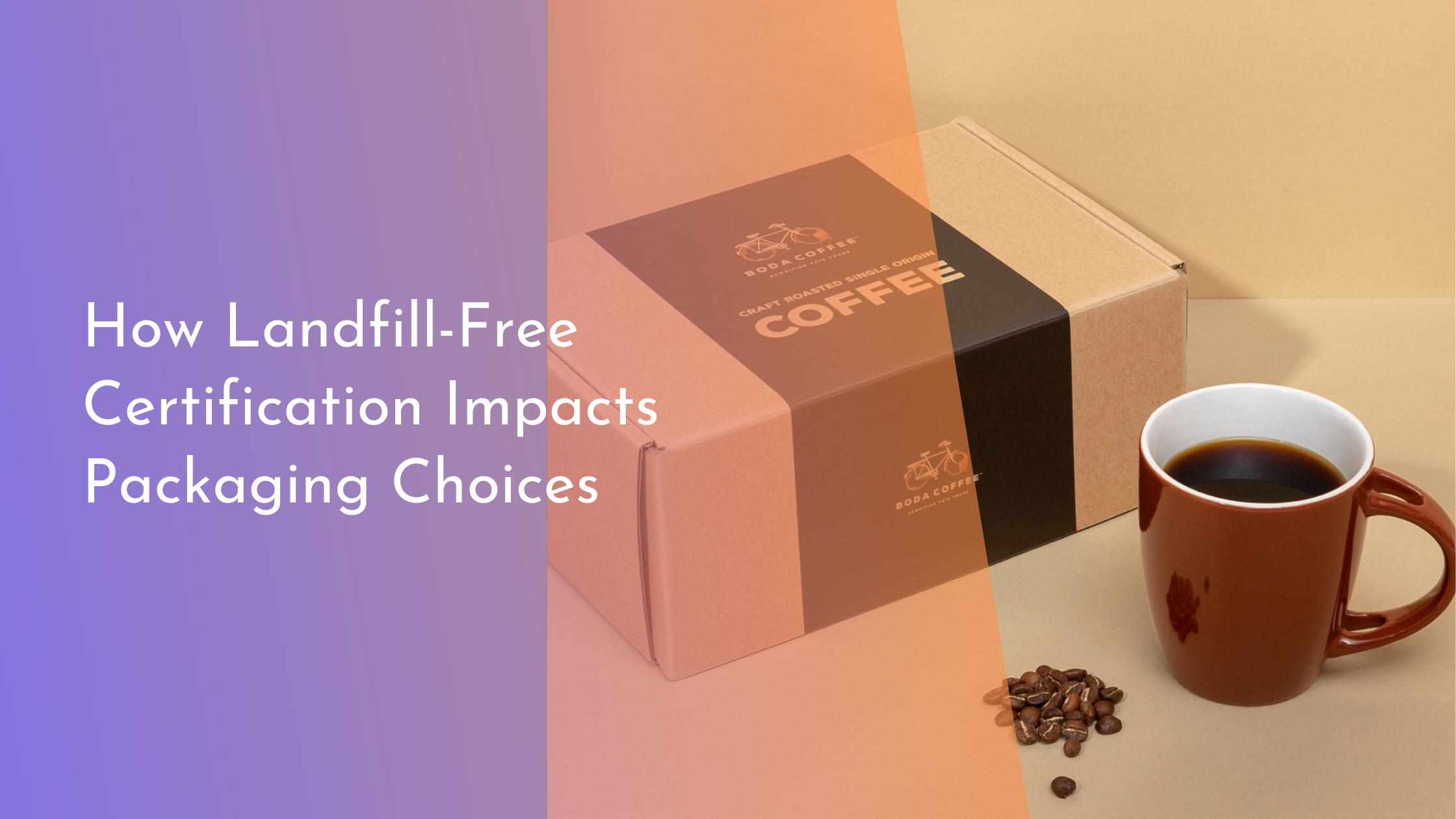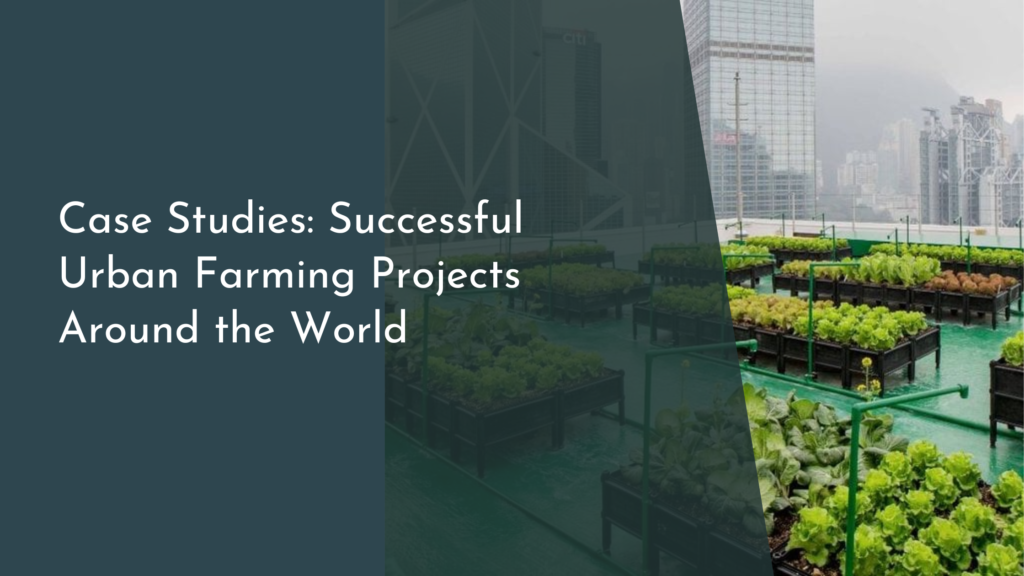How Landfill-Free Certification Impacts Packaging Choices
In an era where environmental responsibility is more crucial than ever, the concept of landfill-free certification has emerged as a key factor in sustainable business practices. This certification not only drives companies to rethink their waste management strategies but also significantly impacts their packaging choices. By committing to landfill-free operations, businesses are taking a bold step towards sustainability, ultimately benefiting both the planet and themselves. This article explores the dynamics of landfill-free certification and its profound influence on packaging decisions.
Introduction to Landfill-Free Certification
Landfill-free certification is a commitment made by companies to ensure that none of their waste ends up in landfills. This certification is awarded to businesses that demonstrate effective waste management practices, focusing on reducing, reusing, recycling, and composting. Achieving this certification means that a company successfully diverts a significant percentage of its waste away from landfills, often around 99% or more. By doing so, they contribute to a more sustainable environment, highlighting their dedication to ecological consciousness and responsible business conduct.
In recent years, consumer awareness around environmental issues has increased, prompting businesses to adopt environmentally friendly practices. Landfill-free certification has become a symbol of such commitment, serving as a differentiator in a competitive market. Companies pursuing this certification not only enhance their brand image but also align themselves with the growing consumer demand for sustainable products. This certification plays an essential role in shaping public perception, positioning businesses as leaders in environmental stewardship.
The Role of Certification in Packaging Design
Landfill-free certification directly influences packaging design by necessitating innovative approaches to materials and design. Companies aiming for this certification must carefully consider the lifecycle of their packaging, opting for materials that are either easily recyclable or compostable. This often involves choosing biodegradable materials or designing packaging that requires less material overall, hence reducing waste from the outset. Such considerations push businesses to think creatively and sustainably, resulting in packaging that is both functional and eco-friendly.
Moreover, landfill-free certification encourages companies to invest in research and development for new sustainable materials. The drive to create packaging that meets certification standards leads to advancements in material science, with companies exploring options like plant-based plastics and other renewable resources. This not only helps in achieving the certification but also advances the industry as a whole, paving the way for more sustainable packaging solutions in the future.
Benefits of Landfill-Free Packaging Choices
Embracing landfill-free packaging choices offers numerous benefits for businesses. Firstly, it enhances brand reputation by demonstrating a commitment to environmental sustainability. Consumers are increasingly prioritizing eco-friendly products, and companies with landfill-free certification can tap into this growing consumer base. This often translates to increased customer loyalty and a competitive edge in the marketplace, as environmentally conscious consumers are more likely to support brands that align with their values.
Additionally, adopting landfill-free packaging can lead to cost savings in the long term. By reducing the amount of waste generated, companies can lower disposal costs and potentially qualify for financial incentives or subsidies for sustainable practices. Moreover, efficient packaging design can minimize material usage, further reducing production costs. This combination of economic and environmental benefits makes landfill-free packaging an attractive choice for businesses looking to improve their bottom line while also making a positive impact on the planet.
Challenges and Opportunities for Businesses
While the advantages of landfill-free certification are clear, achieving it presents several challenges for businesses. One of the primary hurdles is the initial cost of transitioning to sustainable packaging materials and practices. Investing in research, development, and new supply chains can be costly. However, these upfront expenses are often offset by the long-term savings and increased brand value that landfill-free certification brings. Companies willing to embrace these initial challenges can position themselves as pioneers in sustainable practices, setting a benchmark for their industry.
Furthermore, achieving landfill-free status requires a holistic approach, involving collaboration across various departments, from procurement to production to waste management. This may require a cultural shift within the organization, emphasizing sustainability as a core value. However, these challenges also present significant opportunities for innovation and improvement. By rethinking traditional practices, businesses can discover more efficient processes, develop new partnerships, and ultimately create a more resilient and sustainable business model.
In conclusion, landfill-free certification is not just a badge of honor; it’s a catalyst for change in the packaging industry. By driving companies toward more sustainable practices, it not only benefits the environment but also enhances business success. As more businesses recognize the value of landfill-free certification, the industry moves closer to a future where sustainability is the norm, not the exception. The path to achieving landfill-free status may be challenging, but the rewards—both environmental and economic—make it a journey worth undertaking.


